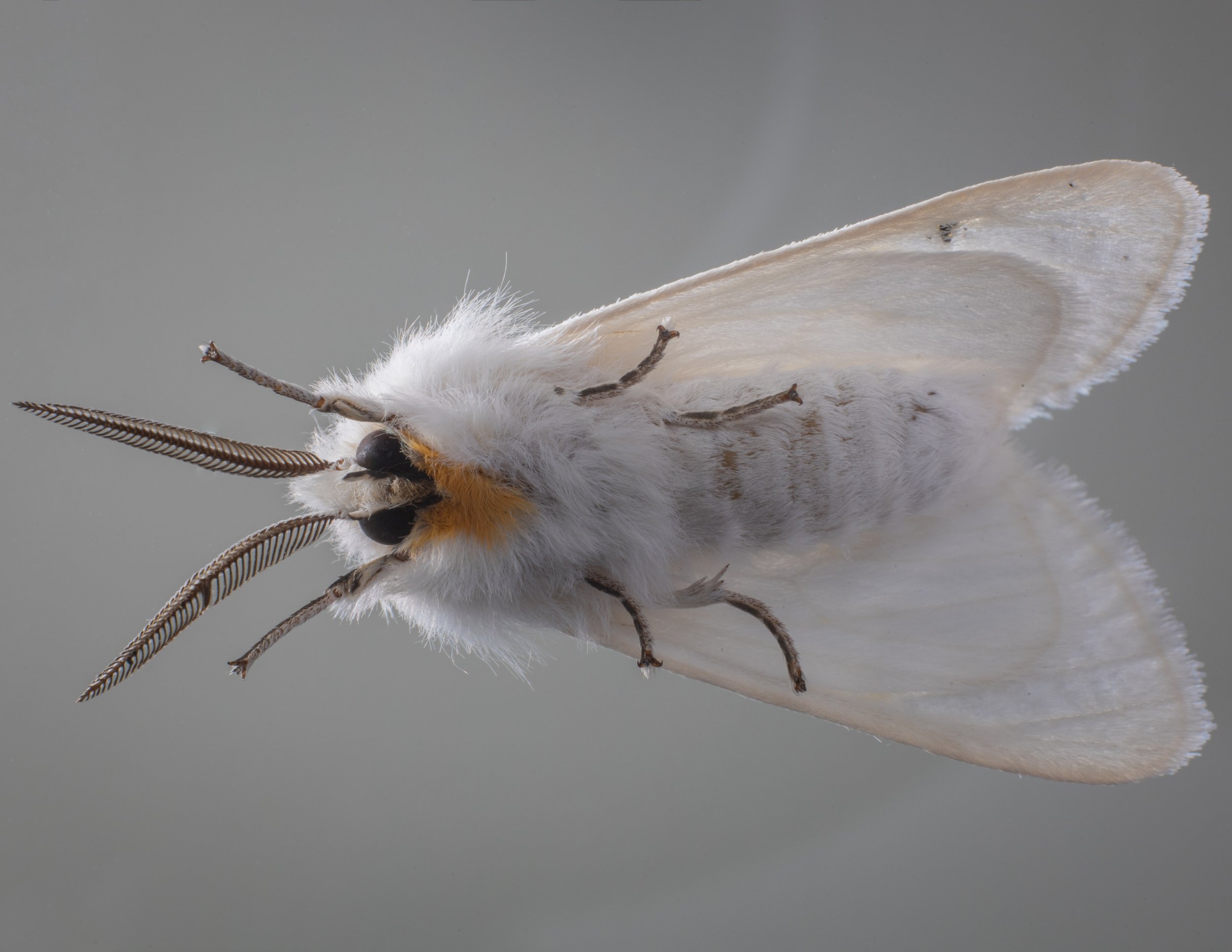How to Make Your Pantry an Unwelcome Environment for Pests
Unfortunately, the pantry is one of the places in your home that is ideal for pests. It's usually a dark, quiet, and relatively warm space - perfect for little creatures like rodents and insects to hide away in. Plus, there are plenty of food sources for them to feast on. Your pantry can quickly become infested with unwanted guests if you're not careful.
Most common pantry pests
To best secure your pantry, getting familiar with the types of pests that might be interested in your food is essential. Here are some of the most common:
1. Moths
Moths are attracted to many types of food, including grains, cereals, nuts, and even chocolate. They lay their eggs on food surfaces, and the larvae can quickly burrow into packaging and contaminate your pantry staples. Moths are most active at night, so you'll likely see them fluttering around your pantry lights.
2. Weevils
Weevils are tiny beetles that infest grains, cereals, and rice. These insects are most active during the day. They're able to bore into packaging and contaminate your food. Weevil eggs are often undetectable to the naked eye, so it's essential to check packaged foods carefully before using them.
3. Ants
Ants are most active during the day and often crawl around searching for food. Ants are attracted to sugary foods, but they'll also eat just about anything else. They can invade your pantry in large numbers and contaminate food surfaces.
4. Rodents
Rodents, including mice and rats, are attracted to many types of food. They're able to gnaw through packaging and contaminate your food.
5. Cockroaches
Cockroaches are one of the most reviled pests, and for a good reason. They're dirty and can contaminate food with their droppings. They're also known to spread disease.
If you see one cockroach, there's a good chance there are more hiding nearby. So get rid of them for good with a roach bomb.
6. Silverfish
Silverfish are tiny and wingless insects attracted to starchy foods like flour and cereals. They can also infest books and paper products. Silverfish are difficult to control once they've invaded a pantry.
Preventing pests infestation
Preventing pest infestation in your pantry is crucial because it can contaminate your food and spread disease. Some pests, like cockroaches, can also cause allergies.
Pests also multiply quickly and can be very difficult to get rid of once they become established, so it's essential to take preventative measures to keep them from invading your home in the first place.
1. Keep your pantry clean and organized
One of the most crucial things is to keep your pantry clean and well organized. Make sure to sweep and mop the floors regularly and promptly wash your dishes and utensils.
It's also a good idea to invest in some suitable storage containers. Storage containers can help keep your pantry items fresh and free from pests while also making it easier to find what you need when you need it. Be sure to label each container so that you know what is inside, and consider using clear containers to easily see when you are running low on an item.
Another tip is to regularly purge expired or unused items. By removing these items, you will make it easier to find what you need and keep your pantry looking neat and tidy, and you will reduce the chances of attracting pests.
2. Inspect all food before bringing it into your home
Inspect all food items before you bring them into your home and stash them in the pantry.
Be sure to check for signs of infestation, such as holes in packaging or small insects crawling on the surface of the food.
This may seem like a tiresome task, but it's essential to do to keep your home free of pests. It's better to spend a couple of minutes inspecting your groceries than dealing with an infestation later on.
3. Store cereals, grains, and other dry goods in airtight containers
Dry goods like cereals, grains, and flour are a pests' paradise. Pests love nothing more than munch on your food, and they'll do it given a chance.
Airtight containers keep them out so you can enjoy your food, not them. No pests can't gnaw through metal or glass, so they'll be thwarted as long as you keep them stored this way. Since they are also attracted to the scent of food, keeping your food in containers with tight-fitting lids will help keep pests away.
4. Don't leave food out or uncovered for extended periods
As mentioned, pests are attracted to food scents; if you leave food out or uncovered, you are more likely to get pests. It is important to store food in containers with tight lids. However, for items that can't be stored this way, It's recommended to keep them in the refrigerator or freezer if possible.
Another important thing to remember is to clean up any food spills immediately. Pests are attracted to even the smallest crumbs, so it's a priority to sweep and vacuum regularly and mop floors often.
5. Wipe shelves and food containers with white vinegar
Vinegar odor is an excellent natural repellent for many flying insects, especially moths. Dip a cloth or paper towel into the white vinegar, then wipe down shelves, food containers, and other surfaces. Another option is to use a spray bottle to mist vinegar onto surfaces. Reapply as necessary.
You can also make a vinegar trap to catch and kill fruit flies and other small flying insects. Pour equal parts vinegar and water into a bowl, and then add a drop of dish soap. The dish soap breaks the surface tension of the liquid, causing the flies to drown. You can also use this trap to catch and kill spiders.
Final Thoughts
Following these tips should help to keep your pantry free of pests. However, even if you take all of the necessary precautions, there's always a chance that pests could still find their way into your home. If you notice any signs of an infestation, it's essential to take action immediately; the sooner you address the problem, the easier it will be to get rid of the pests.
Other posts we think you might like…















